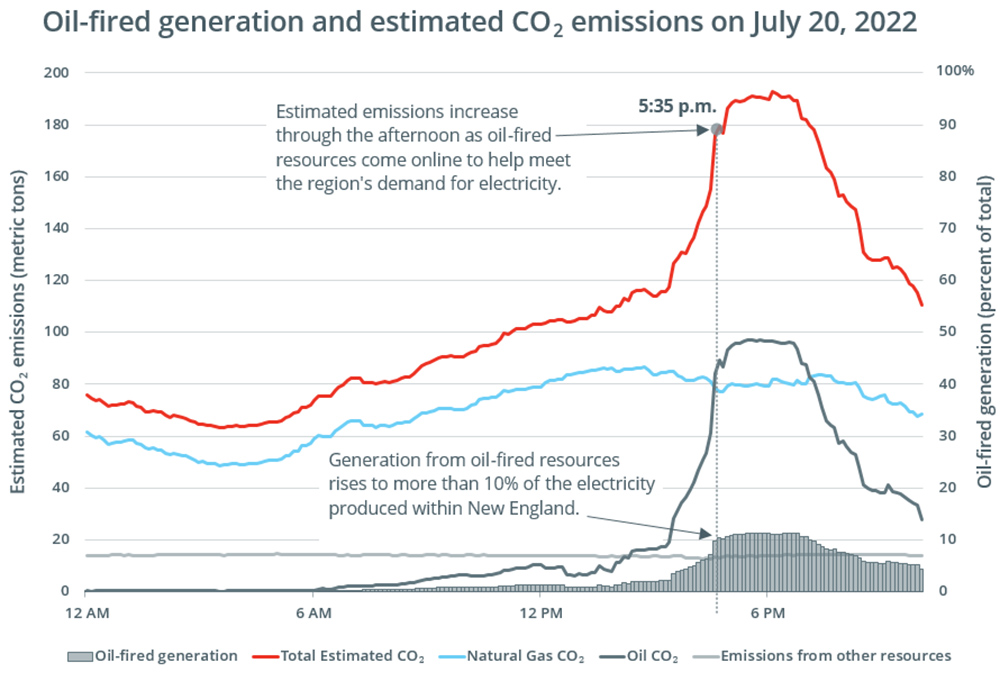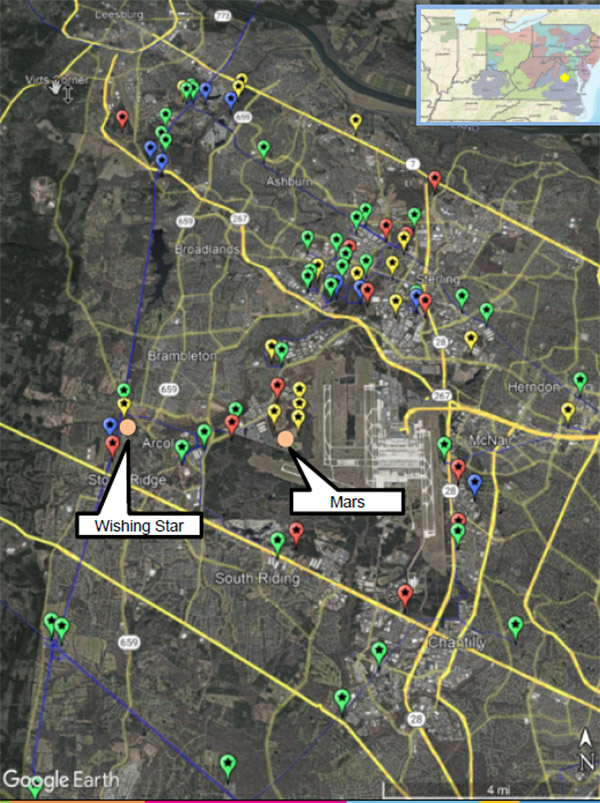A proposed massive solar farm is stirring controversy in southeastern Washington, pitting farmers and unions against local officials and the region’s Republican Party, while another similar project looms on the horizon.
Both projects are in the northwest corner of Benton County, just a few miles from four similar solar projects in neighboring Yakima County. All six are proposed for the same chunk of desert-like steppe habitat in the Yakima River Valley that crosses the line between the two counties.
Benton County is home to the highly contaminated Hanford Nuclear Reservation, which is surrounded by pristine buffer zones, including Rattlesnake Ridge along the site’s western borders. The two Benton County solar farms are to be located west and southwest of the ridge on private farming and grazing areas.
On Monday, Washington’s Energy Facility Site Evaluation Council (EFSEC) held a public hearing in Pasco on a proposal by Innergex Renewable Energy to build the 470-MW Wautoma Solar Project just east of the Benton County line.
In Washington, an energy project developer has the choice of getting project approval from the state through EFSEC or from the host county. Innergex opted to go through EFSEC.
Monday’s hearing turned out support from farmers in the immediate area and construction unions, and opposition from Benton County’s government and Republican Party.
Québec-based Innergex is seeking to build the Wautoma project on 3,000 acres of sagebrush, of which less than 1% is being farmed. The project, which would include batteries capable of storing power for four hours, would be sited next to a major transmission line and is 30 to 40 miles from the nearest towns and cities.
Laura O’Neill, Innergex senior environmental coordinator, said farm owners in the area are interested in the project and that the proposed site avoids environmentally sensitive lands. Western Hanford and the area west of the reservation are home to hundreds of elk, and the project’s fence would include openings for large animals to pass through.
Construction is scheduled to begin in the first quarter of 2024 and be completed by the third quarter of 2025. O’Neill said the project’s timetable and size could easily change during the design phase.
‘Visual Pollution’
During Monday’s hearing, three members of the Robert family, which owns the 3,000 acres of primarily grazing land, lobbied EFSEC to support the Innergex proposal. Maya Robert said agricultural economics has been adversely affecting their ranching. “Solar power will help us make productive use of unproductive land,” she said.
Her uncle Robin Robert said roughly 800 sheep can share the land with the solar farm, with the animals using the panels for shade, making the project the Washington’s third proposal to develop agrivoltaics, the simultaneous use of solar panels with grazing or farming.
Stan Isley, representing the Yakima Valley Audubon Society, gave conditional support to the proposal, saying the developers must be careful of potential harmful effects to the wildlife and environment in that region. Brendan Mercer, a neighboring grower of wine grapes, wanted to make sure the proposal’s effects on well water are studied and voiced concern about the impact of intense sunlight reflecting off panels on light-sensitive grapes.
“This proposal creates jobs and helps farmers. This is a very remote area,” said Stan Gasper, a Benton County resident. Four union leaders and members supported the project because its construction would employ hundreds, although only three to five permanent staff members would be needed after construction.
A woman representing the Benton County Republican Party opposed the project. “If you see a bunch of windmills and a bunch of solar panels, that’s visual pollution,” she said. There is an unrelated major wind and solar project several miles to the southeast within sight of the heavily populated Tri-Cities, which has sparked opposition because many residents don’t want to look at the wind turbines on their landscape.
Benton County resident George Penn opposed the Innergex project for visual reasons, arguing solar panels should be set up solely on the Hanford site, which is partially off-limits to the public. Area resident Lorre Gettre said farmers don’t always know the consequences of putting solar farms on their lands and voiced fears about the storage batteries leaking.
The Innergex site is on land zoned for agriculture. Last December, the Benton County Board of Commissioners — which vehemently opposes the wind and solar project south of the Tri-Cities — passed a law prohibiting large solar projects on agricultural lands. But Innergex argued Monday that the project is still consistent with Benton County’s comprehensive growth management plan.
Other Projects Loom
Meanwhile, a second solar farm is now in play for western Benton County.
Florida-based renewable energy company BrightNight confirmed to NetZero Insider Monday that it plans to build a 500-MW solar farm just south of Rattlesnake Ridge.
The Hop Hill Solar project would be built on 17 square miles of cattle- and sheep-grazing land with the panels to cover about 30% of the site. The rest will be kept as grazing land, including the shady areas beneath the panels located eight to 10 feet above the ground, said Meribeth Sawchuk, BrightNight vice president of communications. While BrightNight has several projects on the drawing board across the nation, it has not yet completed any, she said.
No timetable has been set for the project. Unlike Innergex, BrightNight, plans to get approvals for its project from both the Benton County government and EFSEC. This will be the first renewable energy project in Washington to seek approval from both county and state governments. Swachuk said residents tend to be cautious about allowing solar farms on lands in their home counties. “It made more sense for us to coordinate with the county,” she said.
All this is taking place as the Board of Yakima County Commissioners is considering whether to declare a moratorium on approving new solar farms as they examine the long-term impacts of this blossoming industry in the region.
Three of the four solar projects proposed for Yakima County are taking the EFSEC approval route, including two 80-MW solar farms by North Carolina-based Cypress Creek Renewables — High Top and Ostria — near the county’s eastern border.
EFSEC is also considering whether it will approve at the 80-MW Goose Prairie solar farm by Seattle-based OneEnergy, while Yakima County is considering approval of the nearby 94-MW Black Rock project by California-based BayWa r.e. (See ‘Strength of Sunshine’ Brings Solar Projects to Wash. County.)



